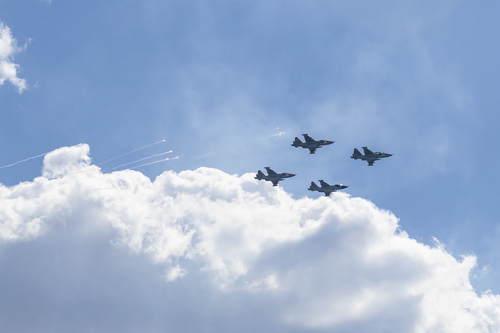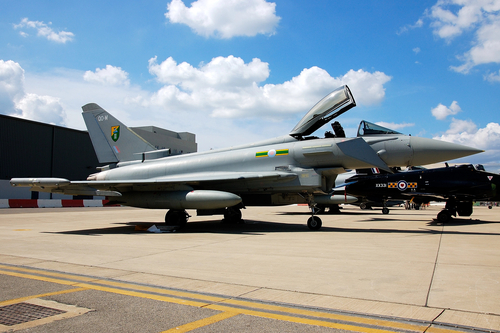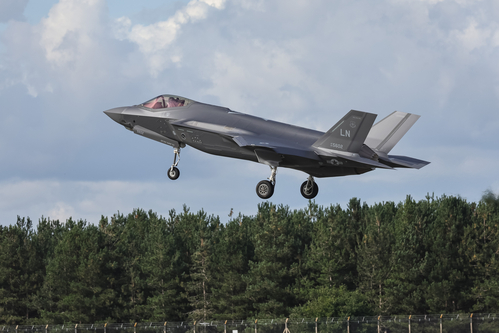
The United Kingdom’s Royal Air Force is surging ahead with its plan to introduce the Tempest, an advanced sixth-generation fighter jet.

As a part of the Future Combat Air System (FCAS) program, with an aspirational timeline to have it operational by 2035.

Designed to supersede the venerable Typhoon Eurofighter, the Tempest promises a panoply of cutting-edge features.

Such as the ability to operate unmanned, the capability to control drone swarms, and modular weapons bays potentially equipped with hypersonic and laser weaponry.

The Tempest’s development is a cornerstone in Britain’s broader military modernization push, a campaign that has seen significant investments like the acquisition of new aircraft carriers.

Yet, amidst grand plans for a technological leap forward, the project faces daunting obstacles.

The British military’s struggle with underfunding, manpower shortages, and operational hurdles casts a shadow over the Tempest’s future.

To offset these challenges, the UK has joined hands with Italy and Japan to form the Global Combat Air Program (GCAP), a trilateral effort sharing the financial and technical burdens of developing a state-of-the-art combat aircraft.

“We had sufficient confidence that there was an alignment of both UK and Japanese requirements and potential concept solutions, to know whether we could do a collaborative program together,” said Richard Berthon, Director Future Combat Air at the UK Ministry of Defence.

GCAP aims to deliver a sixth-generation fighter by 2035 that will eventually take the place of not only the UK and Italian Eurofighter Typhoons but also Japan’s Mitsubishi F-2 jets.

As one UK lawmaker defined it in 2019, “The term Future Combat Air System could refer to a number of international air projects or systems being developed, including the UK programme to replace Typhoon’s capabilities from 2040 onwards.”

While the collaboration with Italy and Japan somewhat mirrors the international cooperation seen in America’s F-35 Lightning II project, the GCAP has yet to match the breadth of participation seen in the F-35 program.

With the Tempest program currently limited to two partners besides the UK, attracting additional international allies will be crucial to securing the funding necessary for the program’s success.

In parallel, Europe is a theater of another sixth-generation fighter initiative, with France, Germany, and Spain pursuing their own FCAS program—distinct from the UK’s, despite the shared name.

This alternative European effort, dubbed Système de combat aérien du futur (SCAF), is working towards a different set of requirements, with a fully operational new fighter jet expected by 2040.
Relevant articles:
– Tempest: The 6th Generation Fighter That May Never Fly, The National Interest
– FCAS? SCAF? Tempest? Explaining Europe’s sixth, Breaking Defense

